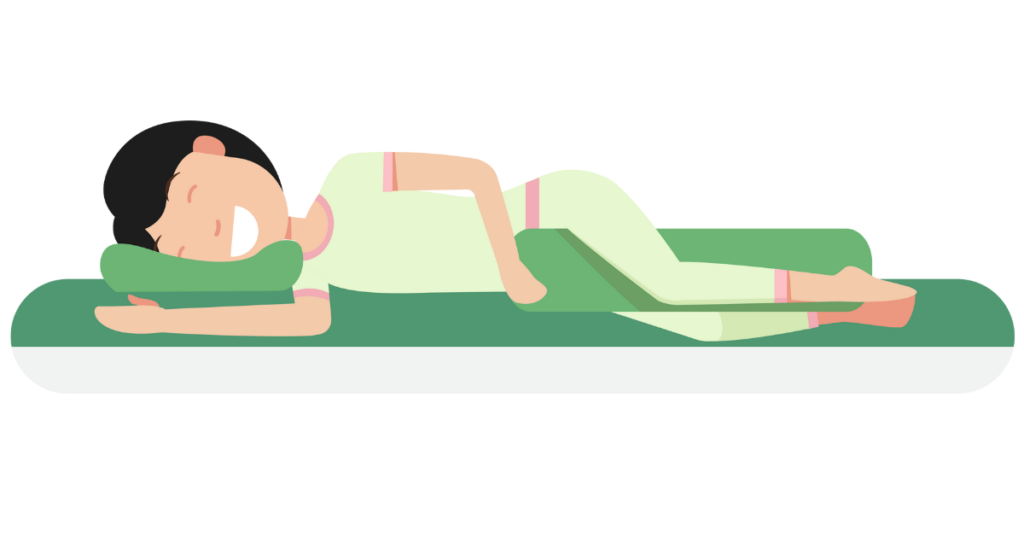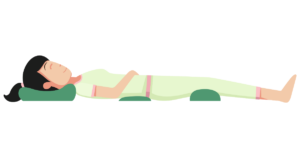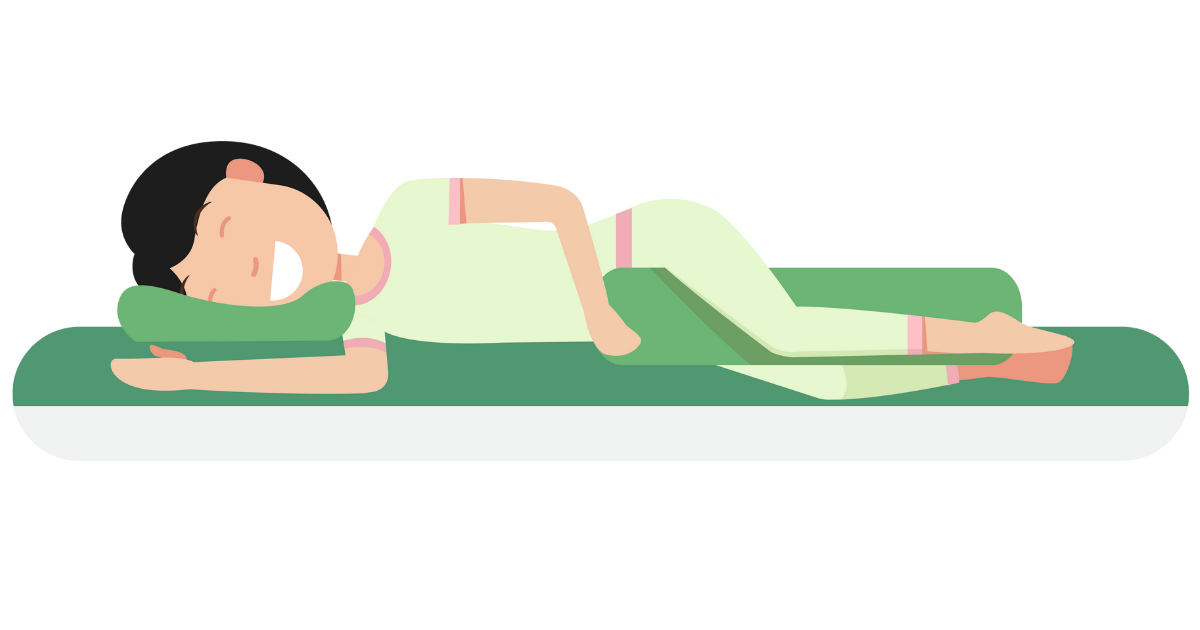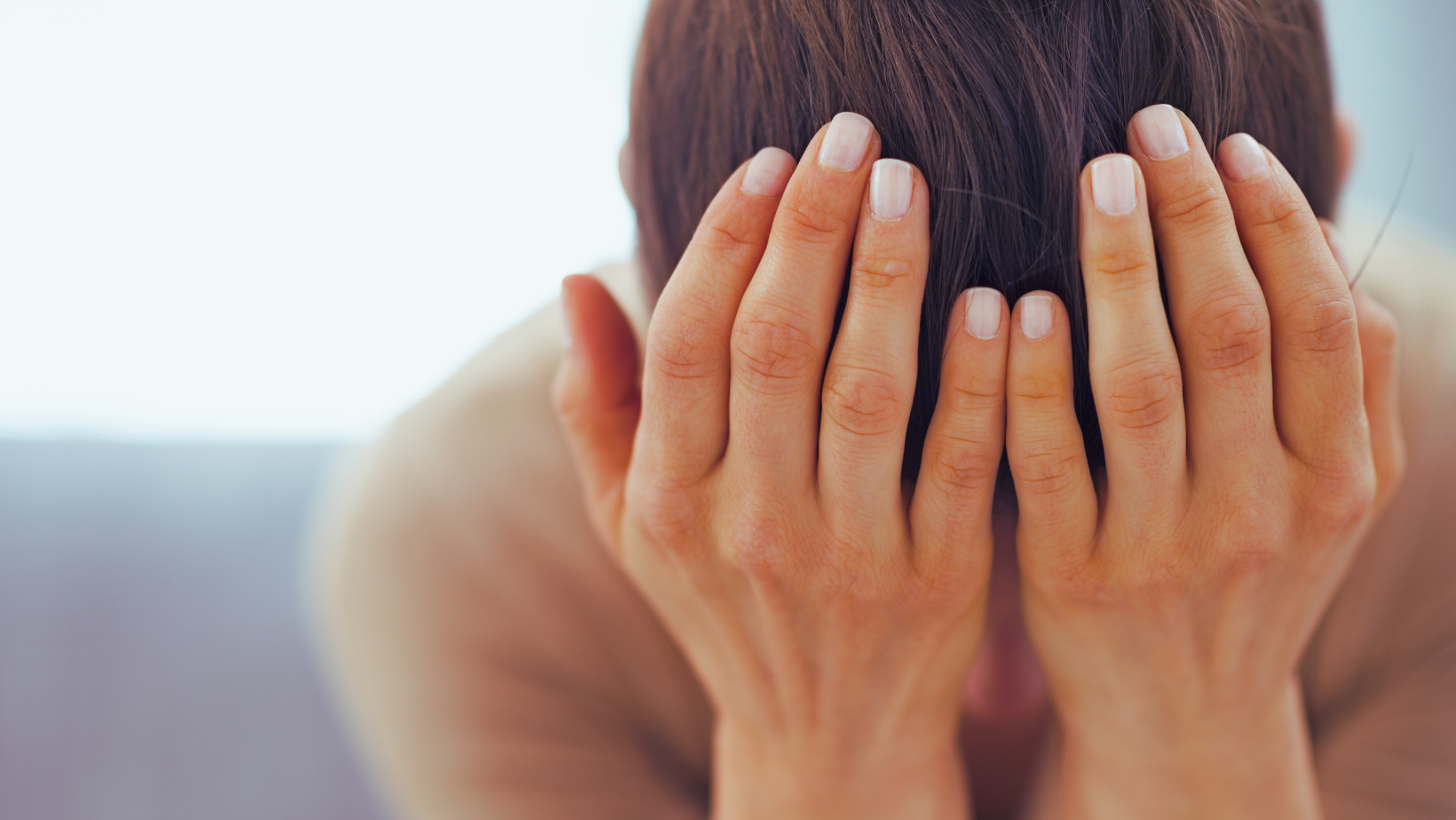Have you ever gone to bed feeling stressed or worried, and then, after a good night’s sleep, woken up with a fresh perspective and a way forward?
That’s the power of sleep.
Sleep clears our minds; we wake up ready to face whatever challenges our day might bring. Along with our mental wellbeing, sleeping well is essential for our physical health.
A good night’s sleep helps regulate our moods and gives our body time to restore and recover. Getting enough sleep helps us stave off health issues, like heart disease.
Lower back pain might be the thing keeping you up at night – it’s a common affliction, and can affect our lives in many ways – including the way we work, how we interact with our families and what activities we can do. It can also affect our sleep.
Lower back pain and sleep is a two-way street; lower back pain can impact the quality of your sleep, but you may also wake up with lower back pain if you’re not adopting optimal sleeping positions.
If you’re finding it impossible to sleep with back pain or if you’re waking up with lower back pain after sleeping, there are solutions – like finding the right pillow, trying different sleeping positions for back pain, and visiting us at Gateway to Wellness for a spinal health plan.
How to get a good night’s sleep with lower back pain
Prep your equipment: providing the best conditions for a good night’s rest means investing in a quality mattress, pillows and bedding. These will depend on your preferences – more on that below – but start by investing in bedding that feels nice for you; whether that’s linen or flannel sheets, a heavy rug or a lighter blanket.
Use pillows for support: once you’ve found the pillow that’s right, make sure you’re making them work for you as you sleep. Here’s how:
- It’s best to sleep on one pillow (rather than a stack) so that your head isn’t too elevated, and your spine is aligned.
- Depending on how you sleep, you can also pop pillows under your knees (if you sleep on your back) or between your knees (if you sleep on your side) for extra support – more information (and pictures!) on this below.
Sleep posture: maintaining correct posture while you move through your day – whether it be standing or sitting – is essential for a healthy spine. Sleep posture is just as important. Just as you must sit up straight in an office chair, there are sleeping positions for avoiding back pain:
- Avoid sleeping in the foetal position or completely curled up.
- Try not to sleep in a twisted position as you may cause pain and stiffness.
- Some people experience back pain after sleeping on their backs; so, try and avoid this.
- Don’t sleep sitting upright, or lying down with your arms over your head, or with your legs elevated.
And remember, you can always visit us at Gateway to Wellness for a spinal health plan; we’ll advise what sleeping position might work well for you, along with recommending pillows and mattresses for a good night’s rest.
Sleeping positions for lower back pain
The best sleeping positions to avoid lower back pain are illustrated below – try these and see what works best for you.
If you sleep on your side, sleep with your knees bent, and put a pillow between your knees.

If you sleep on your back, put a pillow under your knees or lower back to support the natural curve of the spine and reduce the pressure on your lower back.

If you sleep on your stomach, put a thinner pillow under your head and a thicker pillow under your lower belly. This will support the spine.

What are the best mattresses and pillows for lower back pain?
Finding the best mattress and pillow for you depends on a variety of factors, like;
- what position you like to sleep in
- if you have any ongoing injuries, like lower back pain or neck pain
- whether you snore
- your weight and height
- any preferences you have about firmness, temperature, and thickness.
Here are some things to consider when you’re deciding on the best mattresses and pillows for avoiding lower back pain:
Stay away from springs: mattresses with springs in them tend to sag and stop being supportive, leading to pressure on your lower back.
Get firm: a firmer mattress is likely to provide the best support for your spine, helping to distribute your weight evenly.
Keep up to date: regularly updating your bedding will ensure that they’re providing you with a good night’s rest. The American Sleep Foundation recommends:
- updating your pillows every 1 to 2 years
- upgrading your mattress every 8 to 10 years.
We spend a third of our lives in bed, and sleep is essential for our health. Makes sure you’re prioritising this essential part of your life by mindfully choosing sleep positions that work for your body, and supporting your spine with the right mattress and pillows. If you have ongoing lower back pain or would like to work with us on a spinal health plan, get in touch today.






